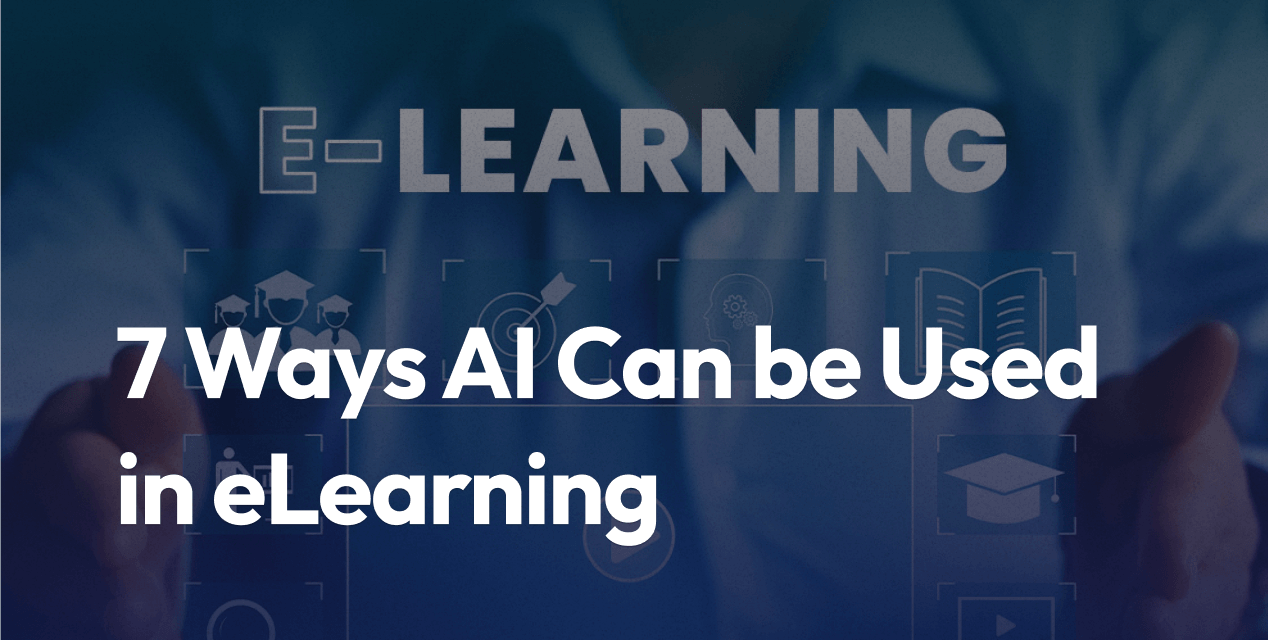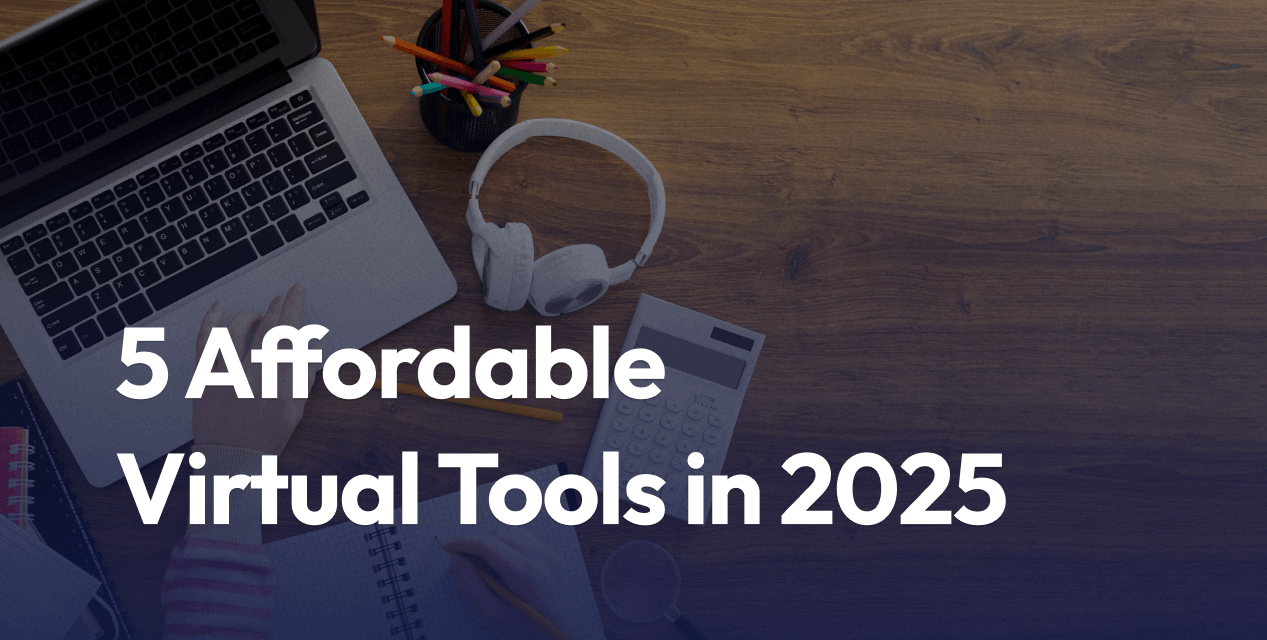
Design Models for eLearning Compared: ADDIE vs. SAM vs. Agile ID
- ADDIE: structured, phase-based model for predictable, high-compliance learning.
- SAM: iterative model with rapid prototypes and frequent feedback.
- Agile ID: sprint-based model that ships in small increments with user stories.
- At a glance: ADDIE is steady, SAM is adaptive with prototypes, Agile is fast for ongoing updates.
- When to use: ADDIE for stable content and audits, SAM for onboarding or product changes, Agile for continuous learning and microlearning.
- How to choose in 2025: match model to change level, stakeholder availability, and release cadence.
- FAQ at the end for quick answers on mixing models, speed, and AI use.
Choosing the right design model for eLearning can speed delivery, raise quality, and reduce rework. This guide helps L&D and ID teams pick between ADDIE, SAM, and Agile ID based on scope, speed, and how often content changes.
Automate routine work and focus on learning. Smart automation trims admin work, which shortens design cycles across ADDIE, SAM, and Agile by freeing time for feedback and QA.
Recommended reading: A practical guide on AI for LMS automation and rapid prototyping to accelerate design reviews and testing.
ADDIE vs. SAM vs. Agile ID: the short answer and key differences
ADDIE is structured and phase-based. SAM is iterative with early prototypes and fast feedback. Agile ID runs on sprints, user stories, and frequent small releases.
- Process and workflow
- ADDIE: linear phases with clear gates.
- SAM: iterative loops that design and build quick prototypes.
- Agile ID: sprint cycles that ship usable slices.
- Speed and flexibility
- ADDIE: longer ramp, stable outcomes.
- SAM: faster than ADDIE with flexible changes during cycles.
- Agile ID: fastest for small parts, highly adaptive.
- Feedback and stakeholder touchpoints
- ADDIE: fewer, larger reviews near phase ends.
- SAM: early and frequent touchpoints around prototypes.
- Agile ID: continuous feedback in each sprint.
- Team coordination and tooling
- ADDIE: documentation-heavy, templates, checklists.
- SAM: workshops, design sessions, prototype tools.
- Agile ID: backlog boards, user stories, sprint reviews.
- Best fit by project type in 2025
- ADDIE: compliance, certification, large stable programs.
- SAM: onboarding, scenario-based modules, product updates.
- Agile ID: microlearning, performance support, continuous releases.
Next, we go deeper into flows, speed, and flexibility, stakeholder roles, and best-fit use cases for 2025.
Process and workflow at a glance
- ADDIE
- Analysis, Design, Development, Implementation, Evaluation.
- Finish one phase, then move to the next with sign-offs.
- Strong planning and documentation set the tone.
- SAM
- Preparation, Iterative Design, Iterative Development.
- Build quick prototypes, test with users, improve fast.
- Repeat short cycles until content works.
- Agile ID
- Create a backlog of user stories.
- Plan sprints, build a small set, review, and release.
- Keep shipping improvements in short cycles.
Speed, flexibility, and rework risk
ADDIE takes longer up front, which reduces scope drift and late churn. You pay for careful planning with slower initial progress, but you gain stability and predictable outcomes.
SAM speeds up learning design by showing something early. Iteration keeps rework small because issues surface fast. You do risk drift if you keep iterating without guardrails or clear acceptance criteria.
Agile ID is fast for incremental releases. You can launch a pilot or a microlearning path in a single sprint. Rework is controlled by sprint reviews, a clear backlog, and the Definition of Done. The risk is scope creep if the backlog grows without limits.
Feedback timing and stakeholder roles
ADDIE
- Reviews happen at phase gates, such as the end of Design and, end of Development.
- Stakeholders can bundle time for a few large reviews.
- SMEs confirm objectives, storyboards, and final builds.
SAM
- Feedback starts early with clickable prototypes or sample screens.
- Stakeholders join short, frequent sessions.
- SMEs test real content snippets and make quick decisions.
Agile ID
- Stakeholders attend sprint reviews and backlog grooming.
- Product owner or learning owner prioritizes user stories.
- SMEs provide feedback per sprint, not only at the end.
Best fit by project type in 2025
- Compliance and certification: ADDIE fits. Stable standards, clear objectives, and audit trails.
- Onboarding and product changes: SAM excels. Frequent updates, role-based paths, scenario testing.
- Continuous learning and microlearning: Agile ID wins. Regular releases, performance nudges, spaced refreshers.
AI drafting and analytics speed all three. Use AI for outlines, quiz seeds, and alt text. Use analytics to see what sticks and feed updates into the next cycle.
Model deep dives: steps, pros and cons, when to use
ADDIE: structure and quality for stable content
- Steps: Analyze, Design, Develop, Implement, Evaluate.
- Pros
- Clear plan and traceable objectives.
- Strong quality control and consistency.
- Good for compliance and accreditation.
- Cons
- Slower to start.
- Less flexible during build.
- Late changes can be costly.
- Best fit
- Stable content, large curricula, audits, and certifications.
- Tips
- Add mini reviews between phases to catch issues early.
- Lock scope after Design, with a change log for exceptions.
- Use templates to speed documentation.
SAM: rapid prototypes and ongoing feedback
- Phases: Preparation, Iterative Design, and Iterative Development.
- Pros
- Early tests with real users.
- Faster change cycles and fewer surprises.
- Strong stakeholder buy-in.
- Cons
- Can drift without constraints.
- Needs quick stakeholder feedback.
- Documentation may lag if not planned.
- Best fit
- Onboarding, product and feature training, scenario-based modules.
- Tips
- Timebox prototype cycles and capture decisions.
- Set acceptance criteria for each iteration.
- Assign a decision owner to avoid endless tweaks.
Agile ID: sprints, user stories, and continuous releases
- Core: sprints, backlog, user stories, reviews, and retros.
- Pros
- High adaptability to change.
- Partial launches deliver value early.
- Strong team rhythm and visibility.
- Cons
- Needs clear scope rules and cadence.
- Can feel chaotic without a product owner.
- Requires steady stakeholder time.
- Best fit
- Fast-changing topics, microlearning, performance support.
- Tips
- Define a Done checklist for content and QA.
- Lock the sprint scope after planning.
- Keep stories small and testable.
How to choose the right model for your eLearning project
Use this section to choose fast and well. Match the model to your scope, speed, risk, and stakeholder availability.
Start with the change level and deadline pressure. If content is stable and audited, ADDIE gives quality and traceability. If content shifts often and you need adoption fast, SAM matches the pace. If you release ongoing updates or microlearning, Agile ID keeps a steady flow.
Budget and timeline trends in 2025 favor small, frequent releases. You can start with a pilot, collect data, and scale. A hybrid approach often wins in real projects, since few teams have fixed needs end-to-end.
Add AI support to any model to draft assets, tag media, and produce alt text. Analytics then guide what to refine in the next cycle. Keep stakeholders engaged with short reviews and simple checklists that make decisions easy.
Quick decision checklist
- Do you have fixed requirements and audit needs? Choose ADDIE.
- Are deadlines tight, but the scope is known? Choose SAM with timeboxed cycles.
- Do you need steady updates and frequent releases? Choose Agile ID.
- Are stakeholders available for ongoing reviews? Choose SAM or Agile ID.
- Is the content stable for a year or more? Choose ADDIE.
- Is the goal to launch a small pilot fast? Choose Agile ID.
- Do you need scenarios tested with users early? Choose SAM.
- Will change requests arrive late? Choose Agile ID with short sprints.
Budget, timeline, and team capacity
- ADDIE
- Cost concentrates on early analysis and design.
- Fewer meetings, larger review sessions.
- Use templates for speed and clarity.
- SAM
- Costs are spread across short cycles and workshops.
- Frequent but short reviews.
- Prototype tools help cut development time.
- Agile ID
- Hours spread across sprints, steady cadence.
- Regular stand-ups, planning, reviews, retros.
- Use a board for visibility and WIP limits.
Simple rule: plan more upfront hours for ADDIE, spread hours across sprints for Agile ID, plan rapid workshops for SAM.
Risk and change control
- ADDIE
- Use sign-off gates after Analysis and Design.
- Freeze scope before Development, log changes.
- Add interim reviews to reduce late surprises.
- SAM
- Prototype critical screens first.
- Timebox iterations and define acceptance tests.
- Record decisions to prevent backtracking.
- Agile ID
- Lock scope per sprint, no mid-sprint changes.
- Keep a prioritized backlog with clear user stories.
- Use a Done checklist for content and QA.
Hybrid approaches that work in 2025
- ADDIE for Analysis, Agile for Development
- Do deep analysis and design once, then build in sprints for speed.
- SAM inside ADDIE Design
- Run quick prototype loops during Design, then finish with a standard ADDIE build and rollout.
- Agile spine with SAM spikes
- Run two-week sprints, and insert prototype spikes when a new pattern or complex interaction appears.
AI fits each blend. Use AI to draft objectives, quiz items, scripts, and alt text. Use analytics dashboards to target updates in later cycles.
FAQ: ADDIE, SAM, and Agile ID
Can I combine ADDIE and SAM on one project?
Yes. Many teams run SAM-style prototypes during ADDIE’s Design to validate scenarios and UX. Example: prototype a branching scenario, lock decisions, then develop the full module under ADDIE controls.
Is Agile ID only for tech teams?
No. L&D teams can run simple boards, short sprints, and reviews without heavy tools. Clear user stories and a shared Done checklist make Agile work for non-tech groups.
Which model cuts the time to launch the most?
Agile and SAM often win when content changes often or when you can release in parts. Speed depends on fast stakeholder reviews more than the model alone.
What if stakeholders are slow to give feedback?
Use fixed review windows and a default-approve rule if no response arrives. Give short, guided questions to focus decisions. In ADDIE, include interim reviews to prevent feedback from piling up.
How do AI tools fit into these models?
Use AI to draft outlines, quizzes, scripts, and alt text, then review with SMEs. In SAM and Agile, pair AI with analytics to refine content in later cycles based on learner behavior.
Conclusion
Pick the model that matches the scope, speed, and how often content changes. ADDIE rewards stable needs and audit pressure. SAM moves fast with prototypes. Agile ID supports ongoing releases and microlearning. You can mix methods to fit your constraints and still ship quality.
We’ll map quick-win automations for enrollments, grading, and reporting in your LMS. Expect faster launches, less admin work, and clearer reviews that keep projects moving.
Start today and give your team more time to design great learning.


